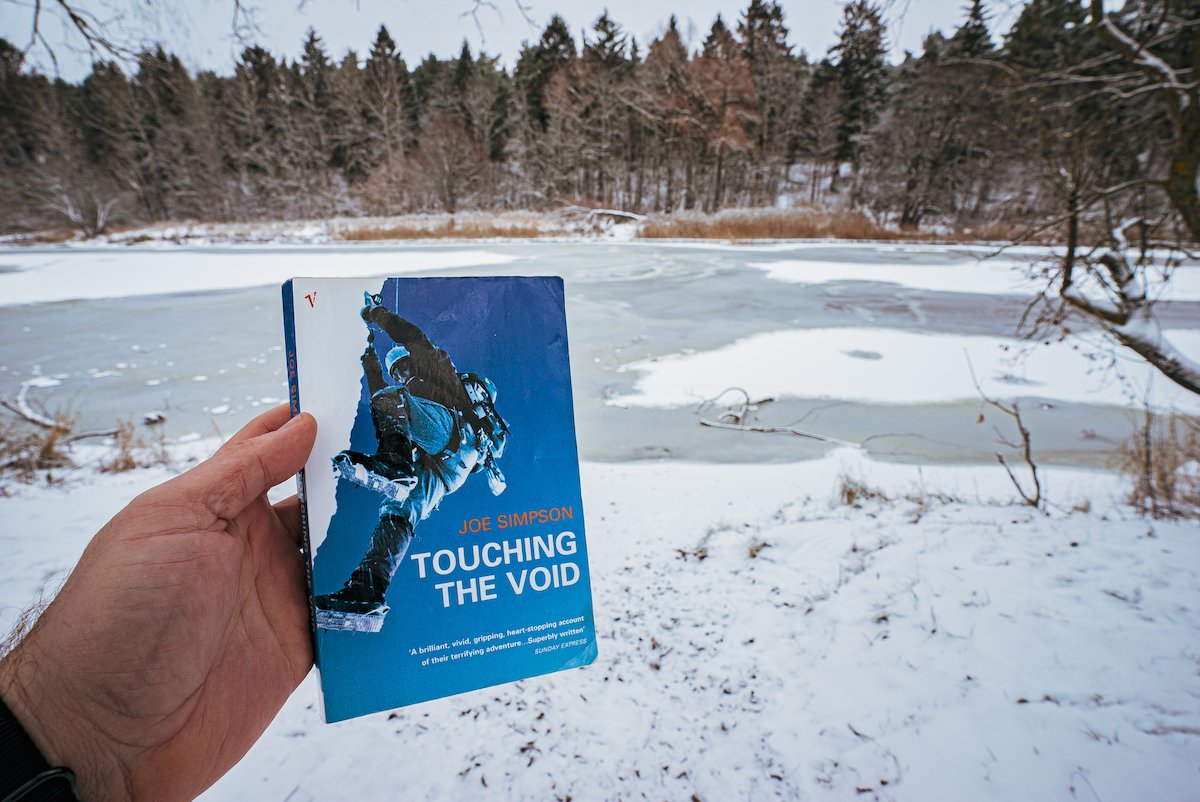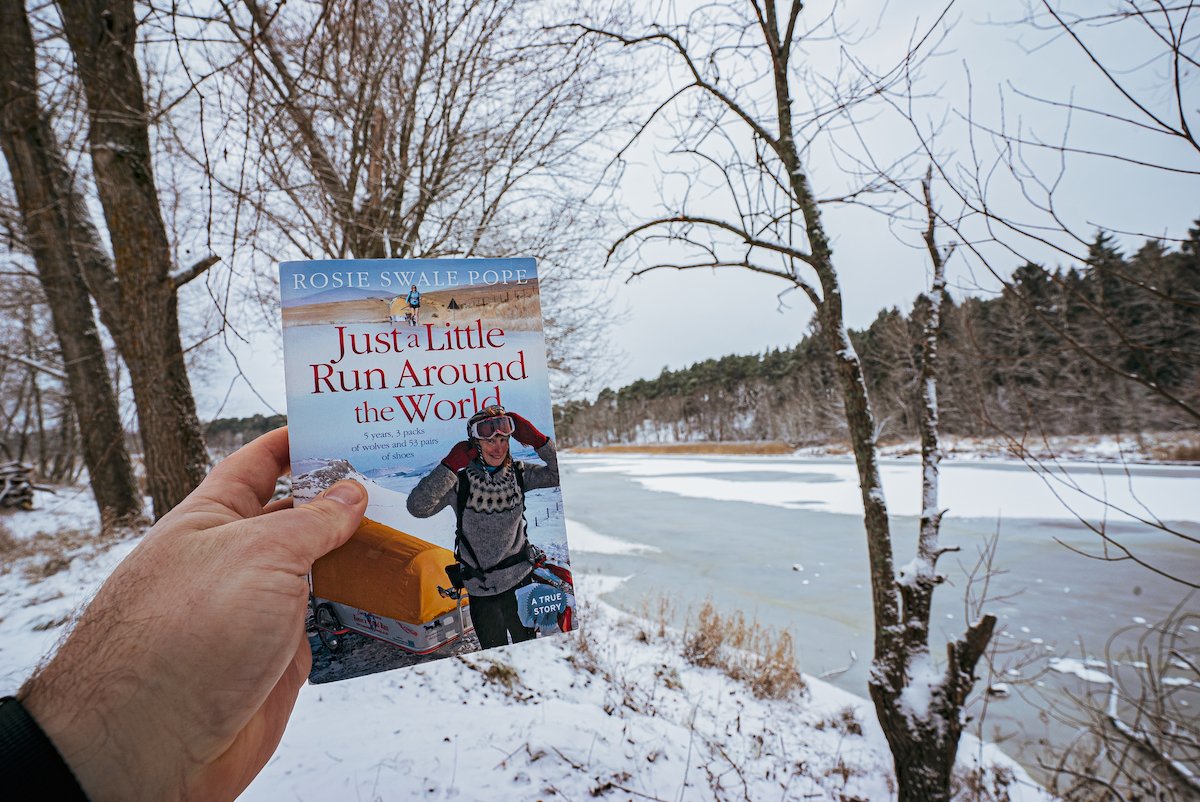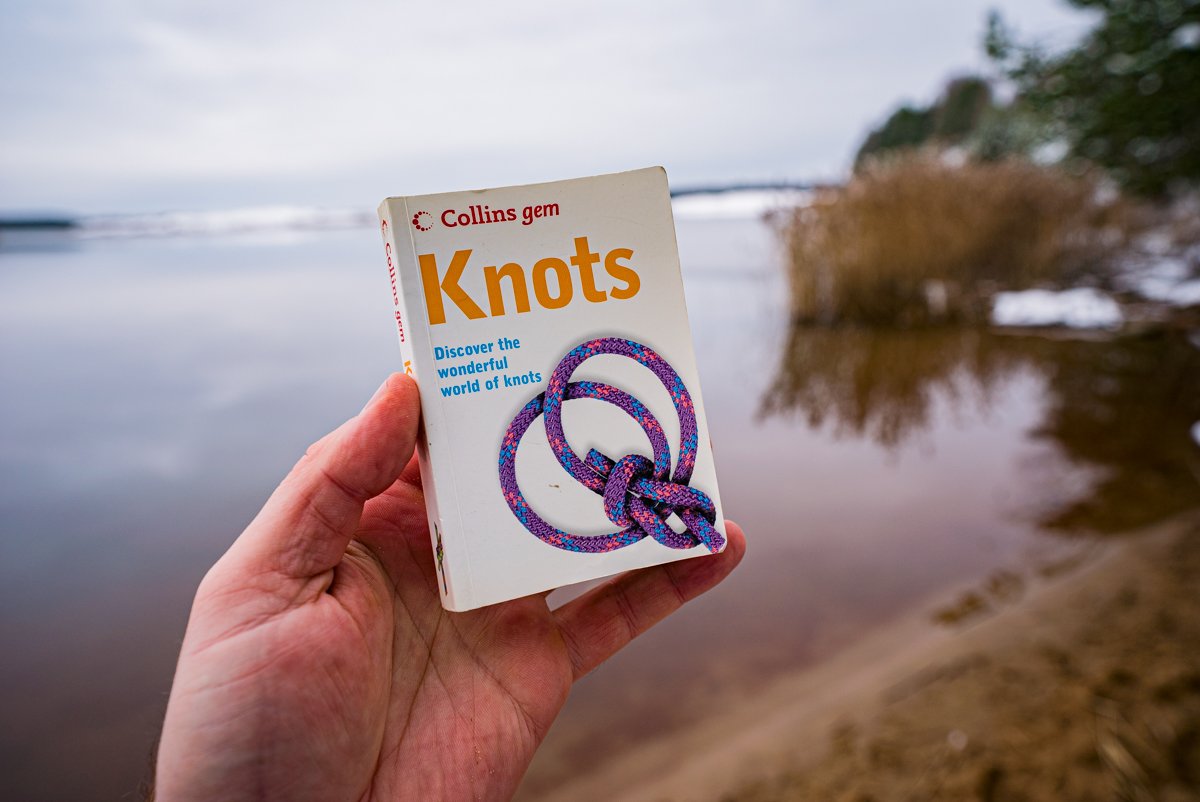‘Running on empty’, by Marshall Ulrich
Ethics statement: Within the article, there are affiliate links. If you buy something after clicking the link, I will receive a small commission. To know more about our terms of service, you can visit the link at the bottom of the page. Thank you!

Images by Hiatus.Design
"Running on Empty" by Marshall Ulrich offers an exhilarating and deeply personal glimpse into the mind of an ultramarathon runner, chronicling his astounding run across America.
Known as the ultimate endurance athlete, Ulrich has participated in over one-hundred-foot races, each averaging more than one hundred miles, completed twelve expedition-length adventure races, and summited the Seven Summits, including Mount Everest. Yet, his cross-country journey from California to New York—a feat akin to running two marathons and a 10k every day for nearly two months—stands as his most formidable challenge.
Ulrich's memoir not only details the physical and mental trials of his transcontinental run but also delves into the emotional depths of his past. Thirty years prior, the death of his first wife spurred him to run as a means to cope with his grief. This poignant backdrop enriches the narrative, transforming it into a universal tale of resilience, healing, and personal growth.
Throughout "Running on Empty," Ulrich shares vivid accounts of the obstacles he faced on the road: life-threatening encounters, clashes with law enforcement, and the relentless strain on his body. These gritty stories, coupled with reflections on his storied career, provide a riveting read that transcends the realm of athletics.
Featured in the documentary "Running America," Ulrich's journey captured widespread attention as he clocked the third-fastest transcontinental crossing and set new records. His memoir, infused with mind-blowing anecdotes and a profound message, inspires both athletes and non-athletes to confront their toughest challenges, overcome setbacks, and seek fulfilment beyond mere achievements. "Running on Empty" is a testament to human endurance and the relentless pursuit of one's limits, offering inspiration and insight to all who dare to dream big.
You might also like:
Close to the Wind: Britain's Greatest Olympic Sailor by Sir Ben Ainslie is a compelling autobiography that delves into the life and career of one of Britain’s most decorated athletes.
Beyond Possible by Nimsdai Purja (aka ‘Nims) is an electrifying memoir that captures the extraordinary feat of summiting the world's 14 highest mountains in less than seven months — an accomplishment that redefined the boundaries of human endurance and resilience.
"Race to the Pole: Conquering Antarctica in the World's Toughest Endurance Race" is a thrilling account of an extraordinary challenge undertaken by double Olympic gold medallist James Cracknell and TV presenter Ben Fogle.
"Running on Empty" by Marshall Ulrich offers an exhilarating and deeply personal glimpse into the mind of an ultramarathon runner, chronicling his astounding run across America.
In 2011, six ex-servicemen embarked on an arduous mission to row across the Atlantic Ocean, an endeavour accomplished by fewer people than those who have summited Everest.
Simon Reeve's "Journeys to Impossible Places" takes us readers on a visceral and captivating tour through some of the most remote and challenging locations on Earth – and it reading it certainly feels like you’re there with him!
‘We Are Explorers’ by Kari Herbert delves into the really captivating stories of fourteen women whose adventurous spirits and curiosity led them to extraordinary discoveries around the world.
"Facing Up: A Remarkable Journey to the Summit of Mount Everest" is an inspiring piece by British adventurer Bear Grylls, that was first published in 2000 and a memoir of Grylls's journey to the summit of Mount Everest at the age of 23.
Roald Amundsen's ‘My Life as an Explorer’ is a staple for any would-be adventurer or explorer, detailing his extraordinary life and unparalleled achievements.
This memoir, published just a year before his mysterious disappearance at the North Pole, is a compelling and intimate glimpse into the highs and lows of Amundsen's stellar career, which surpasses those of his more famous rivals, Ernest Shackleton and Robert Falcon Scott.
"The Places in Between" is a travel memoir written by Rory Stewart, a British author, diplomat, and politician. Published in 2004, the book details Stewart's journey on foot across Afghanistan in early 2002.
Stewart's trek took him from Herat in the west to Kabul in the east, a distance of over 600 miles, traversing through some of the most remote and inhospitable terrain in Afghanistan. His journey was particularly significant as it occurred shortly after the fall of the Taliban regime and during a period of transition in the country.
A hugely engaging piece of work, Mick, outlines his story from his time in the Royal Marines, the career transition from the military in to becoming a professional Yacht skipper, to how he got started in ocean rowing, and then his preparation for the north pacific route from Japan to San Francisco.
First rowing the Atlantic Ocean in 2001, Mick’s story is funny, intimate, gripping, and a moving account of trying to complete his goal of rowing across the north pacific.
"Touching the Void" is a book written by mountaineer, Joe Simpson, and published in 1988. It is a memoir of Simpson's harrowing experience climbing the Siula Grande in the Peruvian Andes in 1985. The book tells the story of Simpson and his climbing partner Simon Yates' ascent of the mountain, and their subsequent descent, during which Simpson suffered a severe injury and the two climbers were forced to make life-or-death decisions. The book is a gripping, first-hand account of the physical and emotional challenges of climbing in the high mountains, and the will to survive against all odds.
I’ll start with the summary up front, this is an incredible book that’s inspiring, astounding, emotional (the first few chapters are quite hard going when you here about the backstory behind why she chose the expedition), laugh-out-loud funny (especially her meeting with Eric the boar!), endearing, and warm. These are just a few of the words I’d use to describe Rosie’s utterly incredible 5-year running adventure, but you’ll need to read it for yourself.
Are you planning to climb Mont Blanc, row across an ocean, or want to make yourself a better outdoorsperson / survivalist in general? Definitely check this useful little book out then.
It’s a super handy guide on how to tie over 30 knots with step-by-step images of each part of the process so you can master the important ones used in all adventures, such as the stopper knot, bowline, figure of eight, and the clove hitch.
So the bottom line up front, is we really love this book - for its range, diversity of storytelling, and accessibility. You can pick it up in any chapter, read for a few minutes, and feel positive about embracing challenges.
It provides an interesting take on adventure and endeavour, and linguistically widens the term to show how previously unheard-of scientists, explorers, geographers, activists, and others, took risks to explore new areas, both socially, professionally, and personally, to change the world for the better.
About the Author:
Chris is the founder of Hiatus.Design, a strategic branding, design and communications company that works with clients all over the world.
He is a former Royal Marines Commando officer, former risk advisor to the BBC and is a fellow of the Royal Geographical Society (FRGS).
Chris has travelled in over 60 countries, achieved his second Guinness World Record for an Atlantic Ocean rowing expedition, a Marathon des Sables finisher, and has worked with Hollywood actors, world–renowned musical artists and TV personalities.
















The real-life adventure follows Eric Newby CBE MC, a second world war prisoner, former special forces soldier, and fashion photographer (an interesting career path in itself!), and his diplomat friend, Hugh Carless CMG, as they drive a station wagon from London to Kabul, Afghanistan, via Iran – a journey of some 5000 miles (around 8000 kilometres) through Europe, Turkey, Iran, over the course of a month and all without any support vehicles. We think this itself is an impressive feat of planning and navigation in the era before GPS, mobile phones, or breakdown assistance!